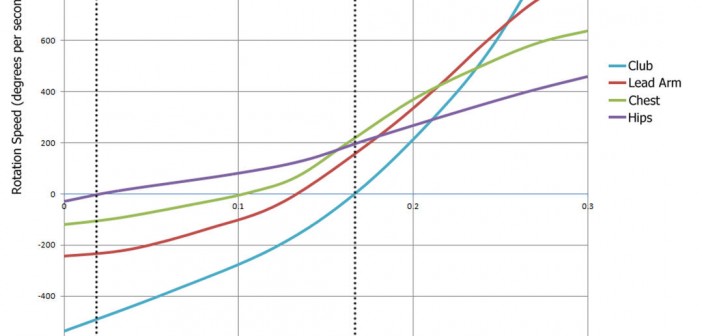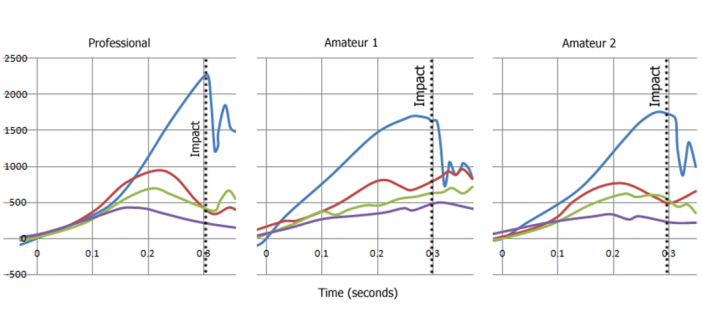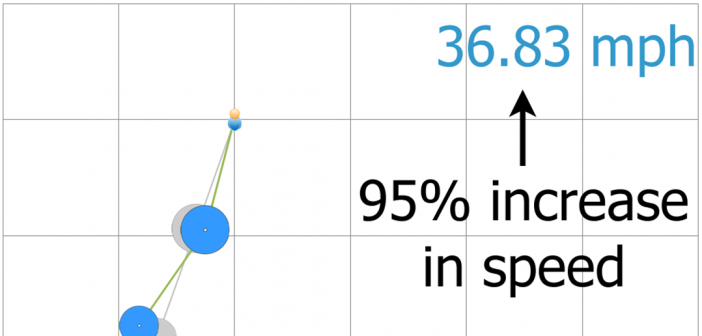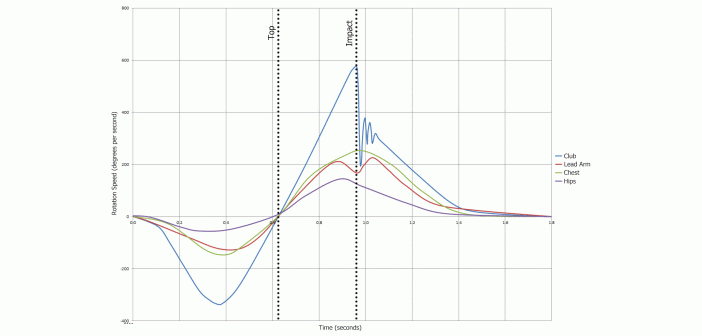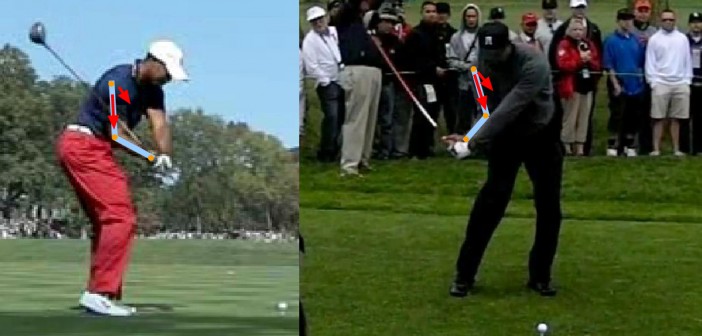The Biomechanics of the Golf Swing
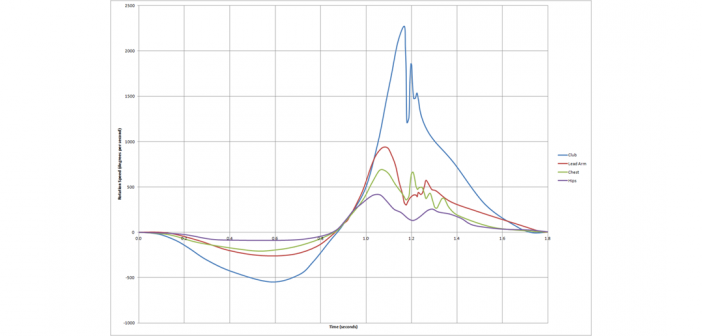
Golf Swing Sequence and Timing
This article describes the biomechanical sequence of the golf swing — the ideal sequence and timing of the motions of each part of your body during each phase of the…

